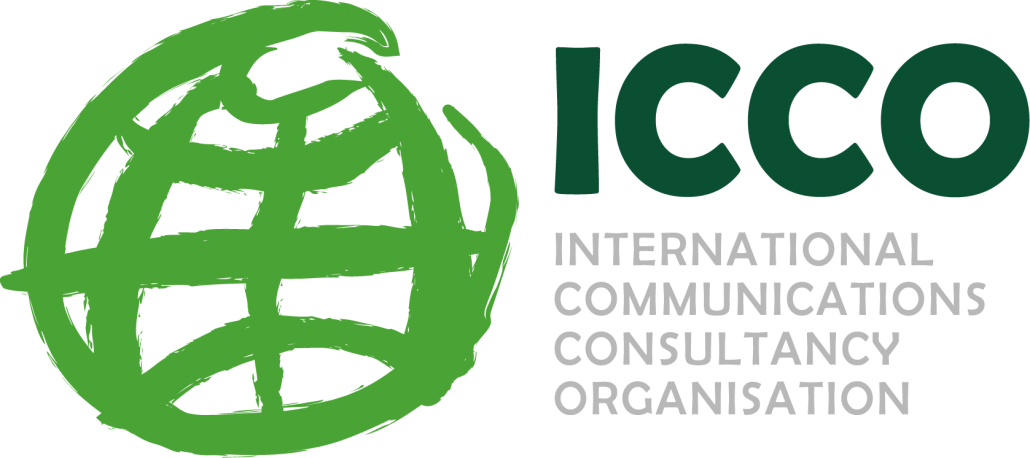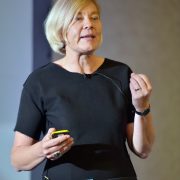"Turning Companies into Storytellers" – csuitepodcast Show 30 Part 3
Blog post by Russell Goldsmith, Founder, Audere Communications
In final part of Show 30 of the csuitepodcast (starting at 44:18), recorded at the Global ICCO PR Summit, I was joined by Petra Sammer, Partner and Chief Creative Officer at Ketchum Pleon Germany to discuss more about the topic of her presentation at the event, which was titled ‘Turning companies into storytellers’.
Petra advised listeners to be clear when it comes to defining storytelling as there are at least four ways to do so:
- A rhetoric technique, for example, sprinkling some anecdotes into your speech
- Journalism
- Corporate/Brand identity, i.e. the history of where the brand or company comes from
- How Authors and Scriptwriters use it
Petra said that we see the rhetoric technique being used in the PR industry within media training when teaching clients to be more personal and emotional. She believes that PR is naturally very good at journalism, where it comes to framing a story and that many in the industry are good at corporate and brand identity too. However, where she feels there is more learning required, is in the original meaning of storytelling, i.e., how authors and scriptwriters tell a story, and she suggests that there is perhaps a need for more skills need in this area to enable us to show emotion or empathy, particularly when it comes to real narrative. She puts this issue down to the fact that many people in the PR industry, along with end-clients too, are, in her opinion, facts and information driven and therefore, to be able to show emotion, empathy or make people laugh or even cry, is a skill that is rarely seen.
I mentioned to Petra that when I was part of the CIPR’s Social Media Panel, we wrote a Skills Guide on Social Storytelling, within which co-chair at the time, Dan Tyte of Working Word, quoted Christopher Booker’s Seven Basic Plots to a story:
- Overcoming the monster
- The Quest
- Journey and Return
- Rebirth
- Rags to Riches
- Comedy
- Tragedy
Whilst Petra thinks that what Booker has done is brilliant, in her experience, when talking with clients, it can be a bit confusing. So where these categories could be helpful is when interpreting a story backwards and she used IBM turning themselves into a consulting business as an example of Rebirth. She said a good place to start is to watch Simon Sinek’s Ted Talk ‘How great leaders inspire action’ and his reference to the Golden Circle, starting with the ‘Why?’
However, Petra’s own talk at the conference was about the model built on the four fundamental desires that we all have, which she listed along with brands that could be identified with them:
- Wanting to be part of a community and be loved, referring to a campaign by Guinness, where Rugby player Gareth Thomas told his story of coming out as Gay to his team mates.
- Security and stability – the need to feel safe – a good example being Fedex always promising that they will deliver
- Self-fulfilment – Nike, where they say that everyone can be an athlete
- Freedom and independence – Harley Davidson selling the experience … the prouct comes free!
#ad – Many thanks to global media intelligence provider CARMA for supporting the series of shows I produced from ICCO. Please do visit their website to find out more about how they can help you deliver actionable insights through media monitoring and PR measurement.
All previous shows of the csuitepodcast series are available on Soundcloud or itunes and please, if you subscribe, can you give the show a positive rating and review on itunes in particular. You can also now follow the show on Twitter and Facebook – please get involved!




